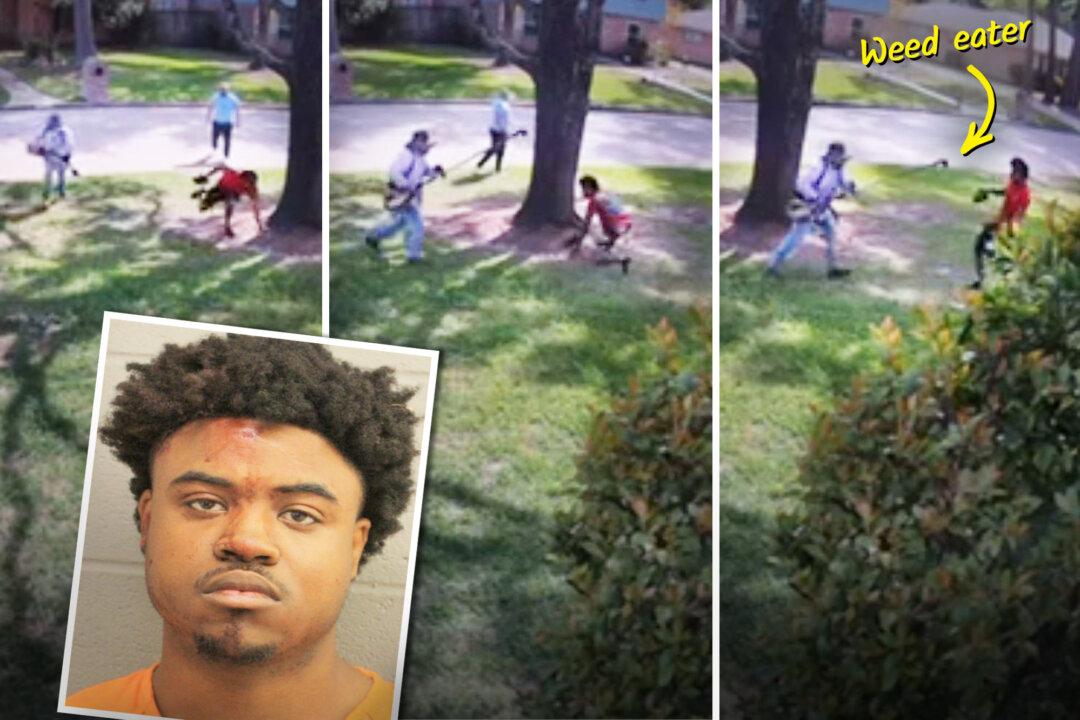Behind the Iron Curtain, the Soviets were toying with something more sinister than a sane mind could fathom; reanimating severed organs and body parts, and breeding undead, mutated beasts.
Some of the most disturbing imagery is related to the experiments on the revival of organisms by Soviet scientist Dr. S.S. Bryukhonenko, held at the Institute of Experimental Physiology and Therapy, Voronezh, U.S.S.R. The videos paint a grotesque picture of what was taking place behind the walls of the doomed communist regime.
A 1940 video of the experiments, available through the public archive, details the experiments in which parts of dead animals (dogs, in this case) are reanimated through the use of machinery. For credibility sake, I'll post the video, but be warned it contains violent imagery with extreme cruelty to animals. You can find it here.
One segment of the video shows the severed head of a dog hooked into a heart-lung machine Bryukhonenko called an “autojector.” As the machine begins to pump, the dog’s head slowly returns to life. To prove that the dog is aware, the scientists begin to torment it, and in one scene rub a q-tip of acid inside its nostril which the undead dog promptly begins licking. Another segment shows a severed heart still beating through the use of machines, along with other reanimated organs.
The contraption and its associated horrors were first displayed at the 1928 Third Congress of Physiologists of the USSR.
A similar experiment was conducted in 1954 by Soviet scientist Vladimir Demikhov, yet instead of keeping the dog alive with a machine, he connected it to the vital organs of another animal. Demikhov’s two-headed zombie dog can be seen in a Russian-language public archive video, which I'll link here, again for the sake of credibility, yet with heavy viewer discretion.
To create the creature, Demikhov chopped a puppy in half just beneath its forearms and grafted it onto the neck of a mature dog. He created 20 of the two-headed creatures, yet they typically did not live long due to tissue rejection.
Despite the short life span of his animals (about a month at the longest), Demikhov’s experiments had a resonating effect, and a type of arms race sprung up around reanimation. The U.S. government funded a similar project of Robert White who on March 14, 1970, successfully chopped off the head of a monkey and brought it back to life by grafting it onto the headless body of another monkey. It lived for a day, hatefully glaring at White.
In an interview with BBC, White said he and his team were able to “transplant the brain as a separate organ into an intact animal and maintain it in a viable, or living situation for many days … We’ve been able to retain the brain in the skull, and in the head.”
The BBC summarized this: “That, he said meant the monkey was conscious, and that it could see, hear, taste and smell because the nerves were left intact in the head.”
Following the success of the experiment, White began touring in search of two human patients willing to undergo the experiment. He found Craig Vetovitz, who was partially handicapped, yet unable to find a second subject who was willing, his work faded into the shadows.
Originally published on Techzwn.com





Friends Read Free